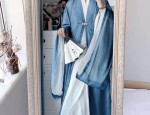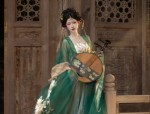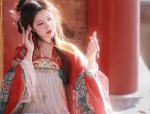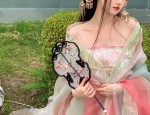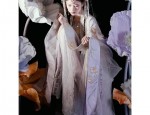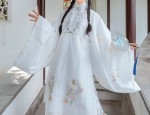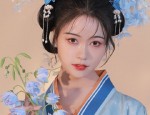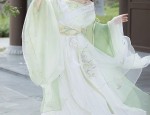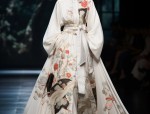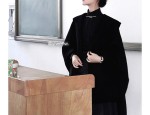Traditional Hair Ornaments of Qing and Hanfu Styles for Chinese Women:A Detailed Exploration
In the rich tapestry of Chinese cultural heritage, the traditional costumes of Hanfu have always garnered immense attention. Among the various components of Hanfu, the intricate and diverse hair ornaments worn by women hold a special significance, reflecting the beauty and uniqueness of Chinese aesthetics. This article delves into the fascinating world of hair ornaments worn by women in Qing and Hanfu styles, highlighting their historical significance and craftsmanship.
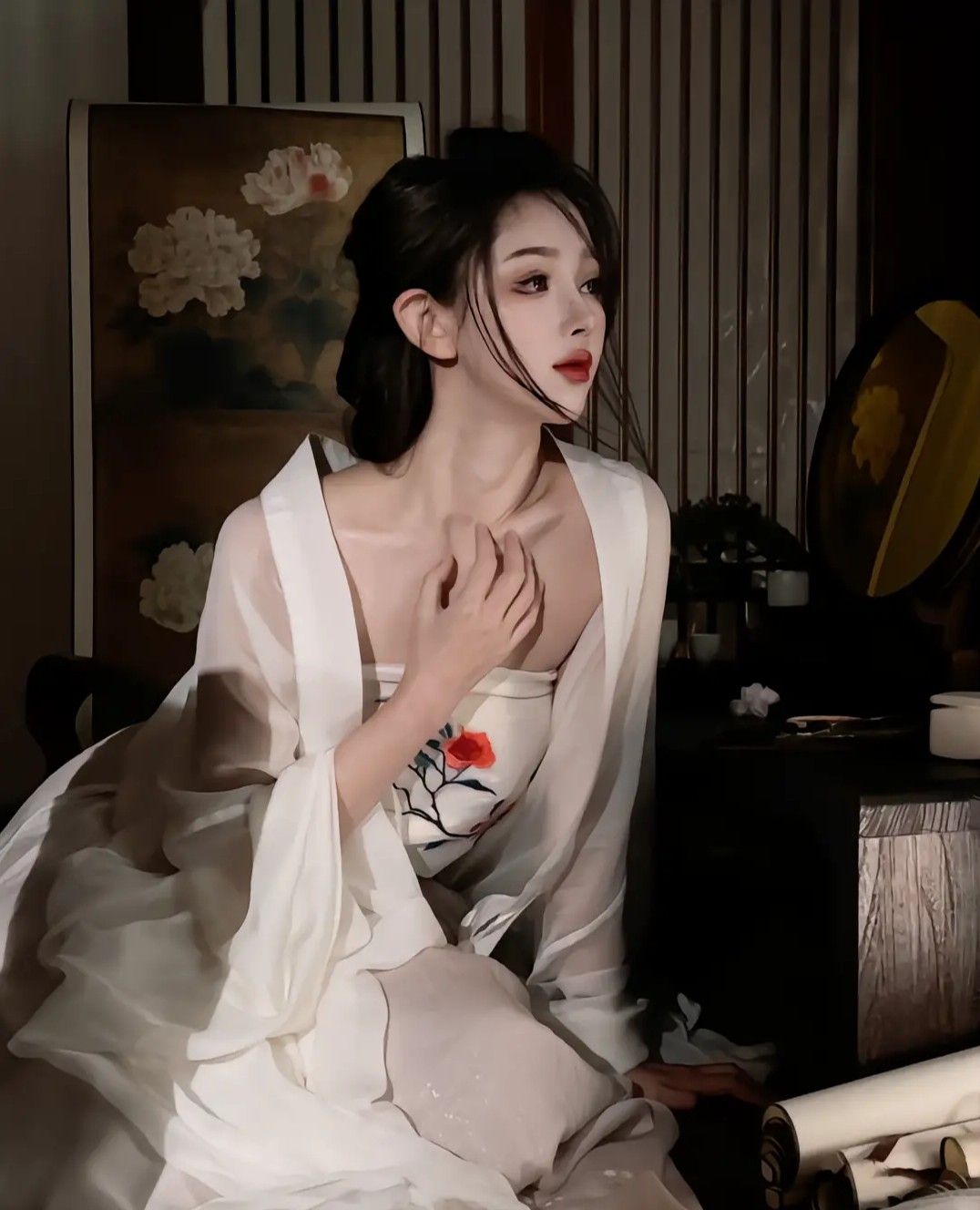
The Hanfu style, which dates back to the Han dynasty (206 BC – 220 AD), is a traditional Chinese clothing style that emphasizes simplicity and elegance. This style of dressing is not just about the clothing; it’s also about the intricate details in hair ornaments that complement the attire. Women in Hanfu often wore various hairpins, combs, and other hair accessories made of precious materials like jade, gold, and silver. These hair ornaments were not just for decoration; they also served as symbols of status and rank.
During the Qing dynasty (1644-1912), the influence of Hanfu culture continued to thrive despite the dominance of Manchu fashion. Women in Qing dynasty often combined elements of Hanfu with Manchu fashion, resulting in a unique blend of styles. The hair ornaments worn during this period were influenced by both cultures, reflecting a fusion of traditional and modern elements.
One of the most distinctive features of Qing and Hanfu hair ornaments is their intricate craftsmanship. Many hairpins and combs were carved with intricate designs, often featuring floral patterns, animals, or symbols of good fortune. These designs were often inlaid with precious stones or pearls, adding a touch of luxury to the already exquisite pieces. The use of materials like jade, gold, and silver in the making of these hair ornaments added to their value and significance.
Another noteworthy aspect is the historical significance of these hair ornaments. They not only served as symbols of beauty and status but also as a means of expression for women. Through the intricate designs and patterns on these hairpins and combs, women could express their emotions, aspirations, and beliefs. Some hair ornaments were also believed to have magical properties, protecting women from harm and bringing them good luck.
In modern times, the popularity of Hanfu culture has been on the rise, leading to a revival of traditional hair ornaments. Many modern women are embracing these traditional hairpins and combs as a way to honor their cultural heritage and showcase their unique sense of style. The revival of these traditional hair ornaments has also led to a surge in craftsmanship, with many artisans taking up the craft to create modern versions of these traditional pieces.
In conclusion, the traditional hair ornaments worn by women in Qing and Hanfu styles are not just pieces of jewelry; they are a testament to the rich cultural heritage of China. These hairpins and combs reflect the intricate craftsmanship of Chinese artisans, historical significance, and beauty that continues to captivate women across generations. The revival of these traditional hair ornaments is a testament to the enduring appeal of Chinese culture and a way for modern women to honor their cultural heritage while showcasing their unique sense of style.

 Previous Post
Previous Post

